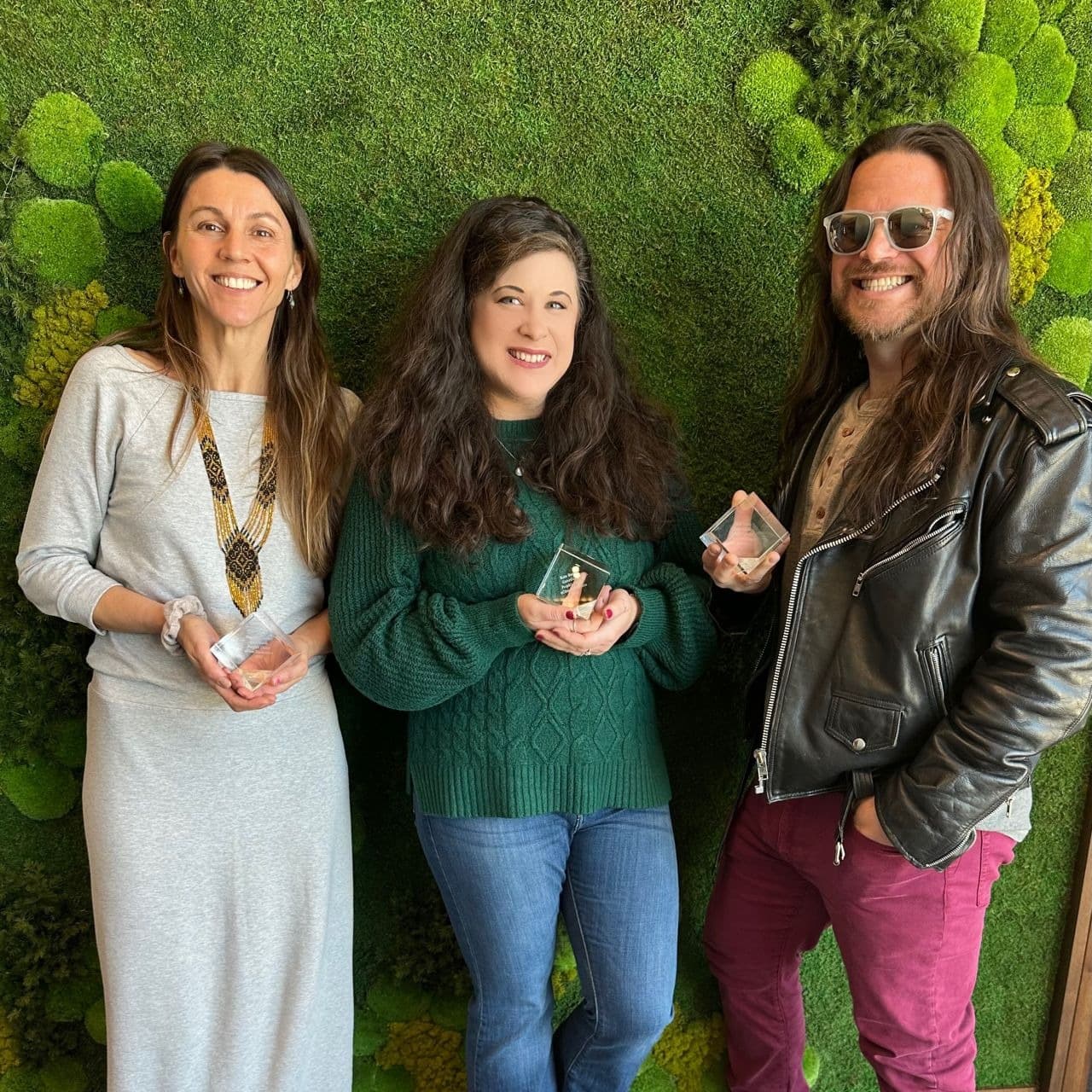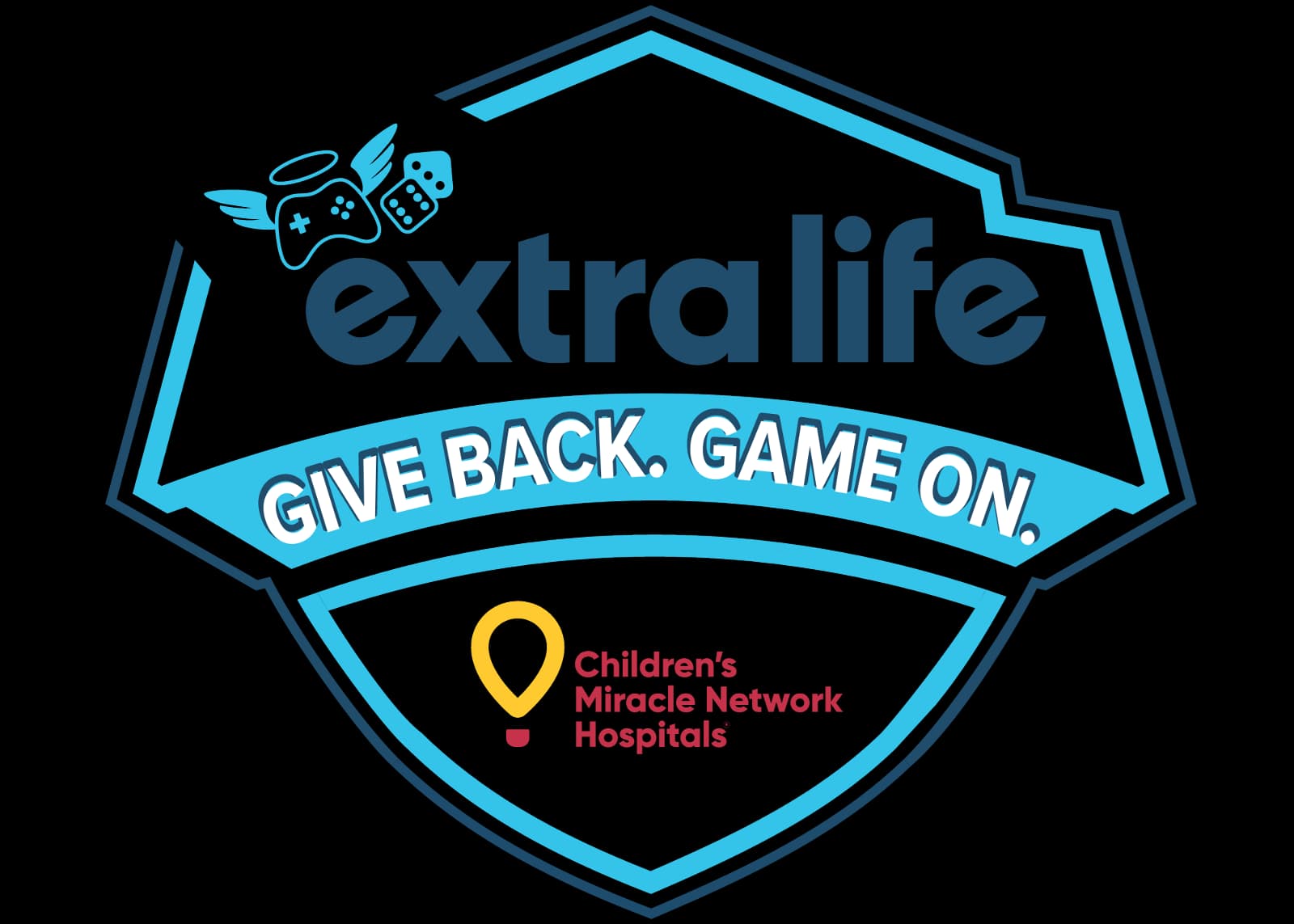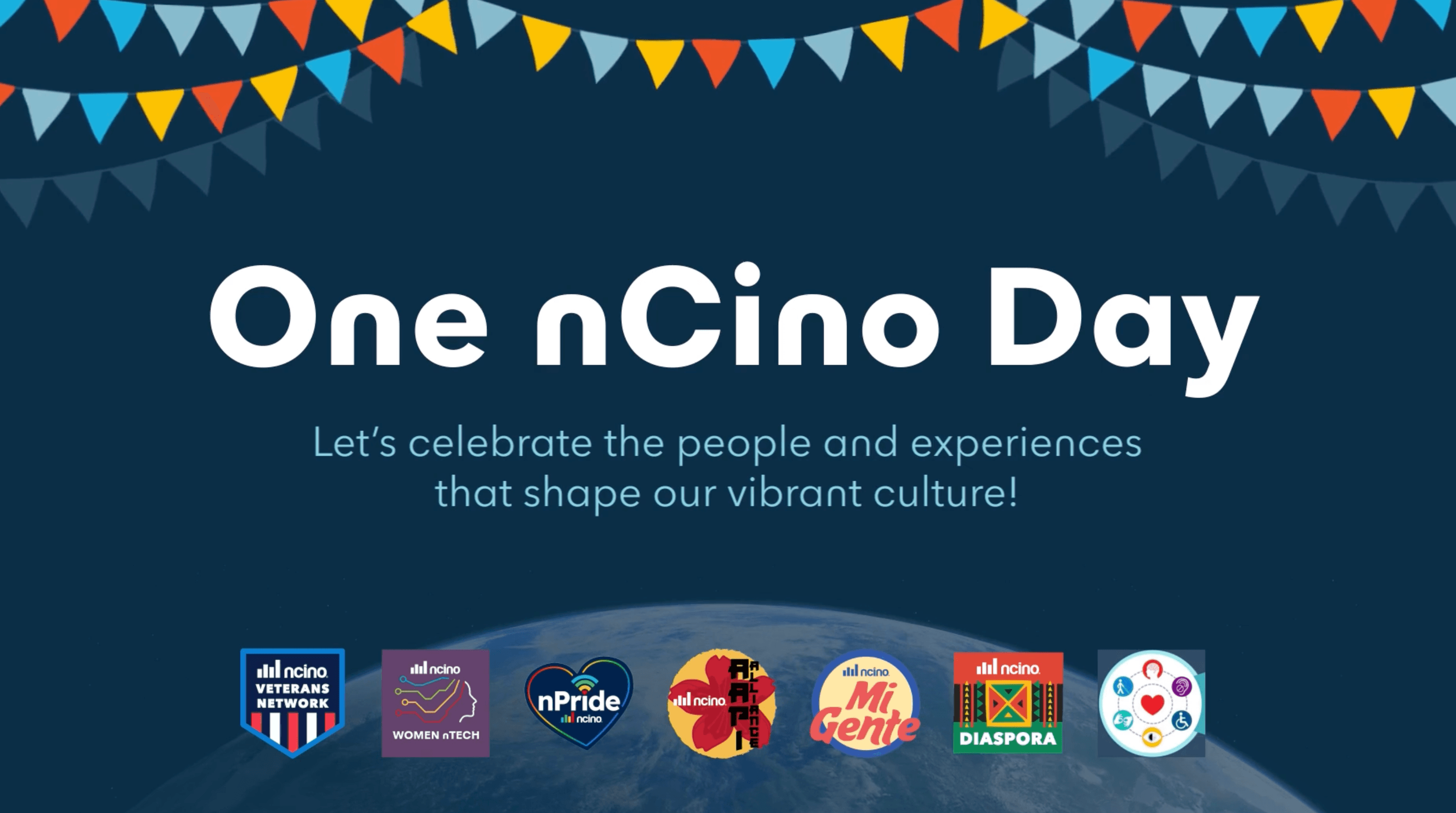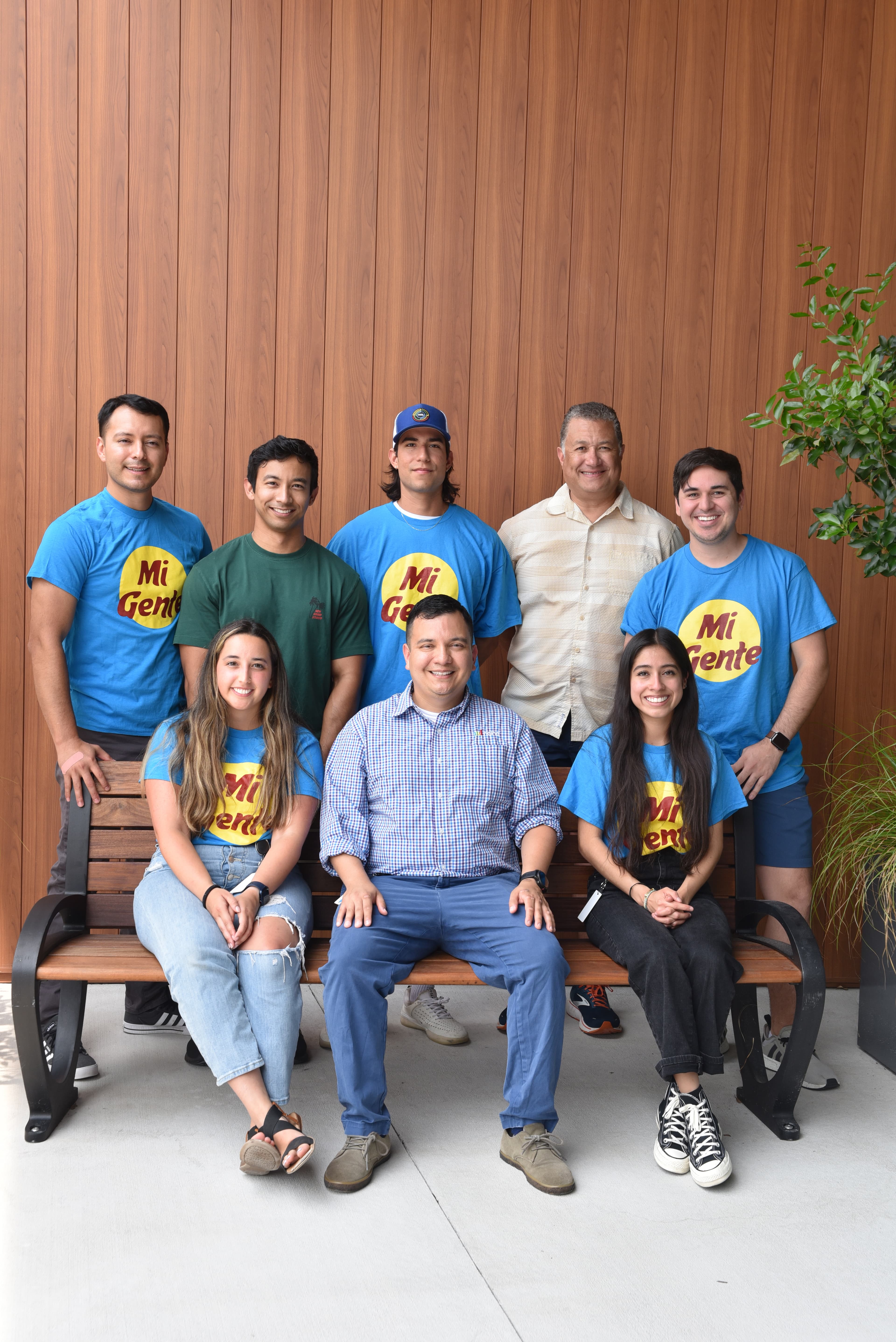Digital Accessibility at nCino
Digital accessibility means ensuring an institution’s website, online tools and digital content are accessible to all people, regardless of disability. For nCino, this means committing to changes within our software development life cycle so that all financial institution employees and their customers can interact with our software.
One strategic initiative to help us achieve this goal is nCino’s commitment to the A11y Project, a community-driven effort to make digital accessibility easier. (“A11y” is an abbreviation for “accessibility” commonly used by web developers.) Last year, we established the nCino Accessibility Guild, a group responsible for planning and facilitating collaboration for our accessibility initiatives across the company. The Accessibility Guild is led largely by nCino software engineers and product managers who are working hard to ensure accessibility starts in the very roots of our product and that we are on the right path to conforming to accessibility standards.
"nCino is hyper-focused on this initiative. We are training our entire company to include accessibility from the inception of our planning by changing our coding and design standards," says Principal Product Manager Holly Albano. "We are integrating accessibility into our daily work. I am so proud to be working on something so impactful and ensuring that nCino can be at the forefront of inclusivity in the industry.”
Digital Accessibility Matters
One in four adults in the United States lives with some kind of disability. That means if nCino’s software isn’t digitally accessible, up to 25% of the population might be unable to use it.Examples of disability could include, but are not limited to:
Visual impairment
Deaf or hard of hearing
Physical disability
Intellectual or learning disability
Cognitive impairment
Mental illness or disorder
Disabilities can also be temporary, like having a broken arm or a short-term impairment following a surgery, or situational, like holding a baby or having your eyes dilated at a doctor’s appointment. When building a product like nCino, it’s important to consider how users might interact with the content and the tools.
Not only is digital accessibility imperative to inclusivity and a smart business decision, it’s also necessary to comply with laws and regulations. The Americans with Disabilities Act prohibits discrimination based on disability with similar laws protecting the same rights in areas such as the UK, EU, Australia, Canada, and Japan. In the last two years, the ADA Title III website has reported a steady increase in accessibility lawsuits in federal courts. Lawsuits increased 12% from 2019-2020 and 14% from 2020 to 2021. By creating accessible digital content, we are able to reach and include more consumers while ensuring we are complying with laws and regulations.
An Ongoing Journey
“Through our ongoing commitment to building accessible software we are enabling our customers to hire employees with disabilities, and to extend an accessible, and equal, experience online to their customers with disabilities,” says Imogen Jolly, Senior Product Manager.
“It’s a smart business decision, it’s a smart legal decision, and it’s simply the right thing to do," Jolly said.
nCino already produces company-wide training materials to be sure employees at all stages of the nCino software are knowledgeable about the importance of accessibility, but our primary focus is at the core of nCino: embedding accessibility into the software development life cycle. We’ve updated our coding standards and provided our software engineers and quality assurance engineers with tools and training to be sure our product is accessible in its building process.
nCino’s managed package integrations can rely on nCino-supported UI or vendor UI.
nCino’s out-of-the-box gold standard implementation will have configuration options documented with “best practices and considerations” for accessibility where applicable.
nCino’s customizations will include custom integrations, custom code, and custom workflow built on top of the out-of-the-box offering to support your business needs.
We are also piloting a new self-guided audit tool that will allow our teams to access each feature as it moves through development. Customers are also able to check our Accessibility Conformance Reports through Community to track our progress in our journey towards accessibility conformance.
By readjusting our software’s developmental cycle, we are able to ensure that our product is built to accessible standards from its very starting point.
Global Leader, Global Standards
As the Worldwide Leader of Cloud Banking, it’s important that nCino follows the Web Content Accessibility Guidelines (WCAG), a set of global standards provided with the goal of making digital content more accessible. WCAG consists of success criteria that fall into four main categories:
Perceivable (such as providing text alternatives for meaningful images
Operable (such as ensuring interactive components receive keyboard focus)
Understandable (such as describing errors in text)
Robust (such as nesting elements according to their specifications)
When building nCino, our teams consider how disabilities may affect the experience a user has. What if someone is using a screen reader or is colorblind? Is our content accessible to Deaf and hard of hearing customers? Is it possible to navigate nCino with only a keyboard? Here are just some of the ways we’ve made nCino more accessible:
Building & Work A11y Backlog
Regular audits
Prioritize backlog
Demonstrate progress
Ship Accessible Products
Mandatory training
Acceptance criteria, coding standards, definition of done
Not optional
Living the Six Includes A11y
Build awareness
Create empathy
Embed a11y into nCino culture
Accessibility Is for Everyone
Improving the accessibility of nCino is an ongoing commitment to provide equal access to all users. Accessibility is important for everyone: not only does it make our software more inclusive, it’s also just a smart business decision.
“It’s bigger than just code,” says Product Manager Holly Albano. “It’s doing the right thing, it’s making someone’s day, it’s making every single one of our users winners. It’s opening opportunities for those with assistive technology needs to excel in an nCino-focused role, and it’s bringing the nCino benefits and efficiency to everyone.”
To learn more about nCino’s culture and how we’re building a sustainable and equitable company, visit Our Impact page.





